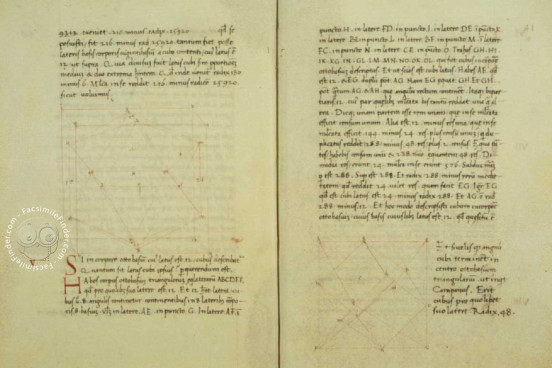Piero della Francesca's Libellus de quinque corporibus regolaribus (the little book on the five regular solids), penned after his works Trattato d'Abaco and De Prospectiva pingendi, stands as a Renaissance's pioneering geometric treatise. It tackled the intricate construction and calculation of polyhedra, presenting them in stereometric form for the first time in history. Preserved as a single manuscript, the Vaticano Urbinate Latino 632 codex, the treatise bears traces of an anonymous compiler, yet adorned with Piero's personal touches—drawings, amendments, and additions.
The manuscript was dedicated to Guidubaldo da Montefeltro, Duke of Urbino, and embodies Piero's dedication to mathematical precision. In the early sixteenth century, the book surfaced not as Piero's original work but as part of Fra Luca Pacioli's Divina Proportione, published in Italian rather than Latin. The controversy of plagiarism, brought to light by Giorgio Vasari, ignited enduring debates and scrutiny surrounding its authorship.
We have 1 facsimile edition of the manuscript "Piero della Francesca: Libellus de Quinque Corporibus Regolaribus": Piero della Francesca: Libellus de quinque corporibus regolaribus facsimile edition, published by Giunti Editore, 1995
Request Info / Price
